Bioethics Forum Essay
The Elephant from Heaven and the Chicken from Hell–or: Colossal Fantasies
I have always wanted to see a woolly mammoth. From the time I first read about them up until, well, a few moments ago, I’ve fantasized about going back in time to see a herd shoving its way through an Ice Age snowstorm. Alas, it cannot be, even if George Church bends heaven and earth to make it happen.
George Church is the renowned genetic scientist at Harvard University who is a leading figure in the work under way in synthetic biology to achieve the “de-extinction” of mammoths and who has recently announced the formation of a new company, Colossus, to carry out research toward that end. The idea is to use what’s been learned about the mammoth genome and make a few score genetic modifications to an Asian elephant genome–enough that an elephant born with that genome would look like a mammoth and be capable of behaving roughly as we think mammoths must have behaved. It would have thick fur, insulating fat, and a domed head, for instance, and be capable of shoving its way through snow.
But that’s not enough to be a mammoth. Woolly mammoth genomes differed from Asian elephant genomes by roughly 1.4 million DNA letters, and since the proposed editing involves a limited number of changes, many mammoth traits would be missing from the new creation. Some of those letters may have coded for unknown genes involved in molecular, metabolic, or endocrinological processes that are not visible markers of mammoths like a domed head but were important for being a mammoth. Also, the new environment would be wildly different from the mammoth world of 10,000 years ago—from the artificial uteruses in which the fetuses would be gestated to the microbiomes that would integrate into them as babies, the mothers who’d rear them, and the social structures and ecosystems they’d grow up with. Complex, intelligent organisms achieve their identity in part through relationships with other organisms and other things, and recreating those relationships is harder than recreating a lost genome. Not only is the mammoth genome gone from the world, but being a mammoth is also a lost art.
Finally, a species is just not the sort of thing that can be recreated. It’s a lineage of organisms that extends through time, and if the lineage is terminated, the species has ended. A new lineage that resembles a lost one can be created—much as different lineages sometimes naturally evolve similar body plans and even behavioral patterns (a process known as convergent evolution)—but it remains a different thing, just as American vultures are not the same as the African and European vultures they closely resemble—or, for that matter, just as an exact duplicate of a work of art is not the same as the original. The plausibility of de-extinction depends on thinking of a species not as a set of physical things but as an idea, a Platonic form, that can be re-enacted. In that view, a newly created mammoth could be more like a “real” mammoth than the extinct one ever was. The real mammoth, in this thinking, is a kind of heavenly entity, not a thing of science.
I’ve also always wanted to see a dinosaur. Of course! And so has Jack Horner, a renowned paleontologist and the author of How to Build a Dinosaur. Horner, like Church, envisions that genetic science can achieve this goal. Today’s chickens, it turns out, are closely related to dinosaurs. Indeed, they may even be dinosaurs. However, it would be super cool if they had teeth, and tails, and claws instead of wings—and weighed 500 pounds. They would then resemble Anzu wyliei, which last strode the Earth in the late Cretaceous and is known among paleontologists as “the chicken from hell,” partly because its bones were found in the Hell Creek formation in Montana and partly because it looks like a chicken from hell.
Such a human creation would be a marvel to behold. It might also reflect some great scientific work—and working to make it might promote good science, which is the official justification Horner offers for the work and one of the official justifications given for creating Colossus. We might learn something about embryogenesis, or about the frustrating number of mysterious genes involved in cold-tolerance among Elephantidea, or about the central role maternal instruction plays in the behavior that distinguishes an intelligent species. In both cases, though, we would be looking at extraordinary human creations meant to mimic natural phenomena–not actually at a late Cretaceous dinosaur and not actually at a mammoth.
There is something in this work that resonates with me. It’s driven by a sense of wonder and appreciation, a desire for understanding, maybe even for something like connection with the natural world. But there’s also something off-putting about it—in part, the hype and silliness of it, and in part, the way it asks us to think about the human relationship to nature. Nature is conceived of here as something to be made, and the relationship of humans to nature is that only of mastery, with aspirations to greater mastery. The title of Church’s book from a few years ago captures it: Regenesis: How Synthetic Biology Will Reinvent Nature and Ourselves. Humans stand over nature, picking and choosing and redoing. The vision I would prefer is of humans in nature, where nature is something greater than just human and where that greater is something that we humans would want to make room for and exist with.
Gregory E. Kaebnick, PhD (@kaebnickG), is a research scholar at The Hastings Center and editor of the Hastings Center Report. Work on this essay is funded by a National Science Foundation project, “Public Deliberation on Gene Editing in Wild Populations.”
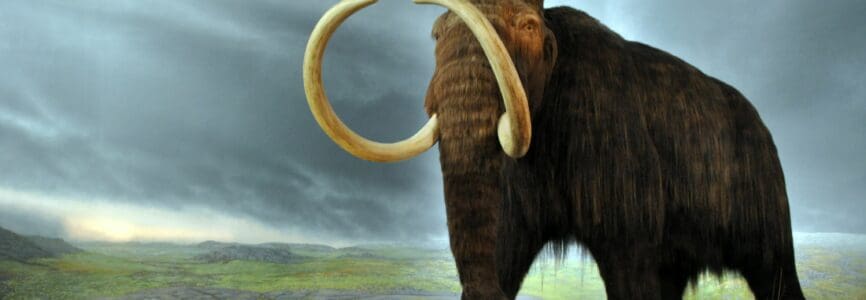
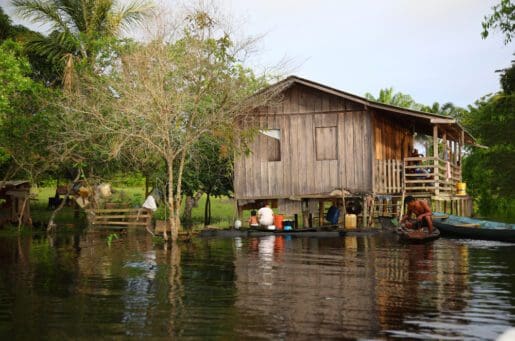
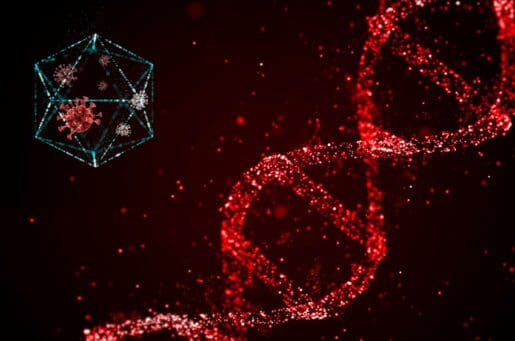



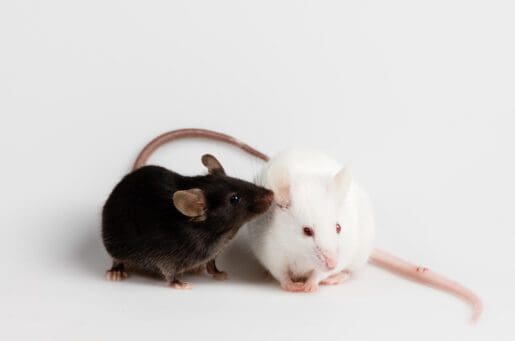




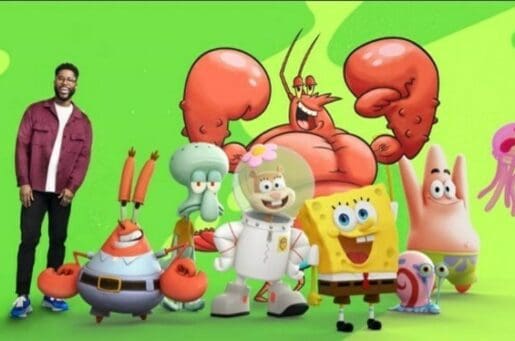
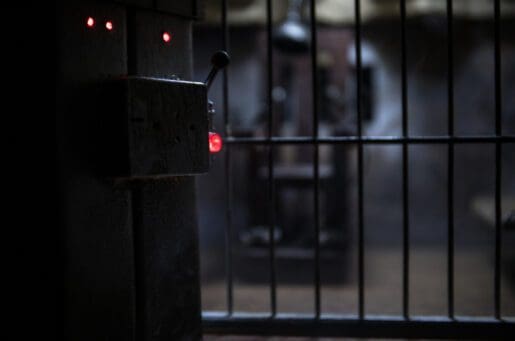
Very sensible piece. But even if wooly mammoths and dinosaurs could not be recreated, I wonder if an animal that has recently become extinct could be revived using genetic editing. I’m not saying that it would be worth, just wondering if that would be technically possible, since the world would not have dramatically changed.
Great question–forces a little fine-tuning that I didn’t get into. I think the answer is yes, actually: perhaps using cloning to produce a gastric-brooding frog or an Iberian ibex, which have only just recently gone extinct, could be defended as continuing a lineage. (Lots still to be done to make it work; a few successful attempts at cloning would not be enough.) Or maybe using genetic engineering to introduce a very small alteration in American chestnuts, making them resistant to the blight that has rendered them “functionally extinct.” There would, as it were, asterisks beside the lineages. All of our morally relevant concepts, even those of life and death, have turned out to be less clearcut than we once thought. So can the idea of a lineage. I just think the interruption is too great, too extensive, to make a plausible case for a wooly mammoth doppelganger that’s been ginned up from an Asian elephant.